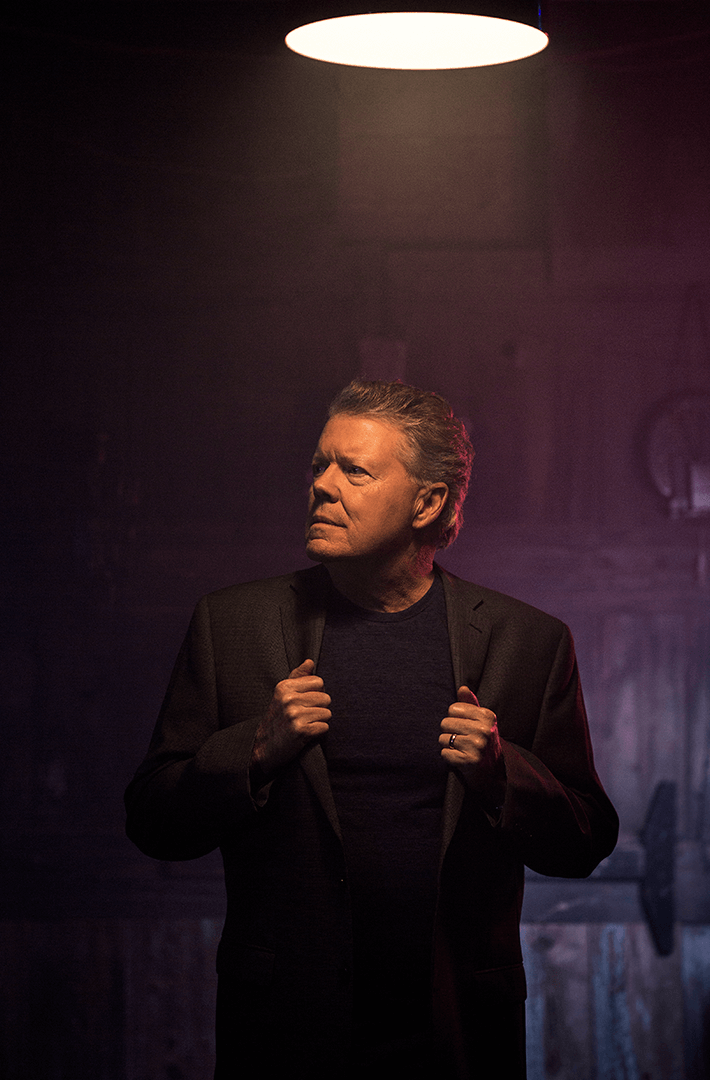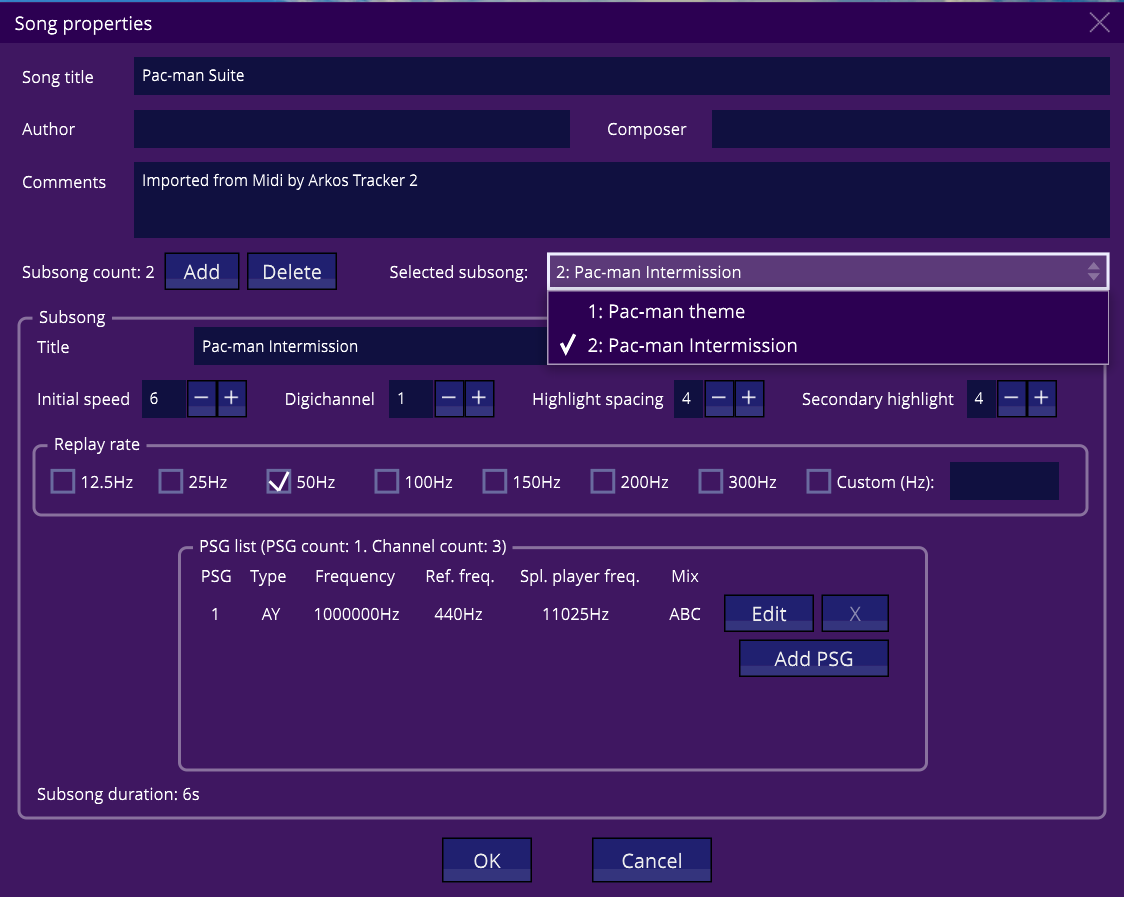

As the '60s ended, Jefferson Airplane began to splinter and form side projects that would outlast this band. They performed at the Human Be-In, an early precursor to pop music festivals, they were a major highlight of Monterey Pop Fest, they put on a fiery set at Woodstock, and they performed at Altamont and the first Isle of Wight. In the 1960s, if there was a counter-cultural milestone happening, the Airplane were there for it. As the Airplane's career went on, they continued to experiment in the studio as well, with Paul Kantner especially becoming interested in studio pop wizardry that rivaled what The Beach Boys, The Beatles, and The Who were getting into. The Dead of course took jamming to much greater lengths after the Airplane broke up, but some of the finest jam band recordings in existence came from concerts that the Airplane played in the late '60s. Later that year, they took their sound in a harder, less commercial direction, and on stage they helped sow the seeds for the jam band scene as we now know it. The early portion of 1967 saw the release of their breakthrough record (and first with Grace Slick), Surrealistic Pillow, the album that's home to "White Rabbit" and "Somebody to Love." Today, it overshadows everything else they've done, but it's only the tip of the Jefferson Airplane iceberg. At that point, Jefferson Airplane were even more at the forefront of the San Francisco scene than the Grateful Dead. Back in 1967, when the hippie movement was at its peak with the Summer of Love in San Francisco's Haight-Ashbury neighborhood and the Monterey Pop Festival, one of its leading, pioneering bands was Jefferson Airplane. It didn't always seem like Jefferson Airplane's legacy would get this overlooked.

In the public eye, they're a blip, which is unfortunate because they left a far bigger impact than they tend to credit for, and there's still much to be gained from their rich catalog today. They've never achieved the same classic rock superstardom as collaborators like Crosby Stills & Nash and Santana, the massive cult following of their close pals the Grateful Dead, or the critical reverence of peers The Velvet Underground. If Jefferson Airplane come up in the context of today's musical discourse, which doesn't happen often, they're usually seen as baby boomer relics with a couple enduring radio hits ("White Rabbit" and "Somebody to Love").


 0 kommentar(er)
0 kommentar(er)
